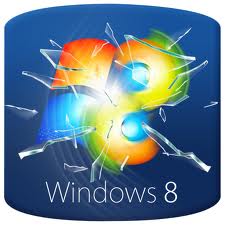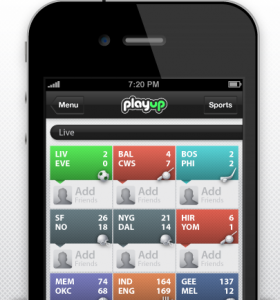Two stories in the news today — the potential of LTE-enabled iPads and new projections for mobile data growth — seemed to me to be closely related and both lacking a final explanation: Who’s gonna pay for all the new toys and bandwidth?
As sports fans know, the Apple iPad and its imitators are great devices for watching sports on the go. The screen is big enough to approximate a TV experience, and the device is light enough to not be a bother. And the 4G LTE networks from Verizon Wireless, AT&T and soon from Sprint will make mobile video better thanks to faster download speeds and overall better behind-the-scenes technology.
But my question again — who’s going to pay for all this? At what point do we decide we’ve got enough devices, and that we’re not going to pay premiums just to get content whenever we want it? Are the devices and services so alluring that consumers will simply find a way to budget for them, or are they giving other things up from their disposable income buckets? Or will we see a backlash soon?
For all the heat the two stories have generated in the tech news world, my guess is that both are slightly overrated. Since LTE data contracts still remain fairly expensive — right now Verizon is charging $80 a month for 10 GB of data, its highest plan for tablets — I think folks might buy an LTE-enabled iPad for the convenience but will probably go for the lower-priced plans and use Wi-Fi whenever they can, especially when watching things like sports. Some smart guy already reported that Verizon’s 4G LTE phones aren’t big sellers because there isn’t anything compelling enough to make people pay a premium for the service. I think the LTE iPads will follow a similar lukewarm adoption curve.
On the mobile-data projections there are already some signs that Cisco’s predictions have shot past reality; AT&T, for example, said that its most recent figures showed data use growing more slowly than previously predicted. With cellular services prices expected to remain constant or rise even higher, my guess is that people may want to consume mobile data at the rate Cisco predicts but budgetary pressure will keep it from happening until lower-cost Wi-Fi networks reach out to more places than coffee shops and airport waiting lounges.
What will be really interesting to see is what happens if the LTE iPads fly off the shelves and crowd the networks, bringing back the original iPhone network jams. Think that won’t happen? Want to bet on it?










